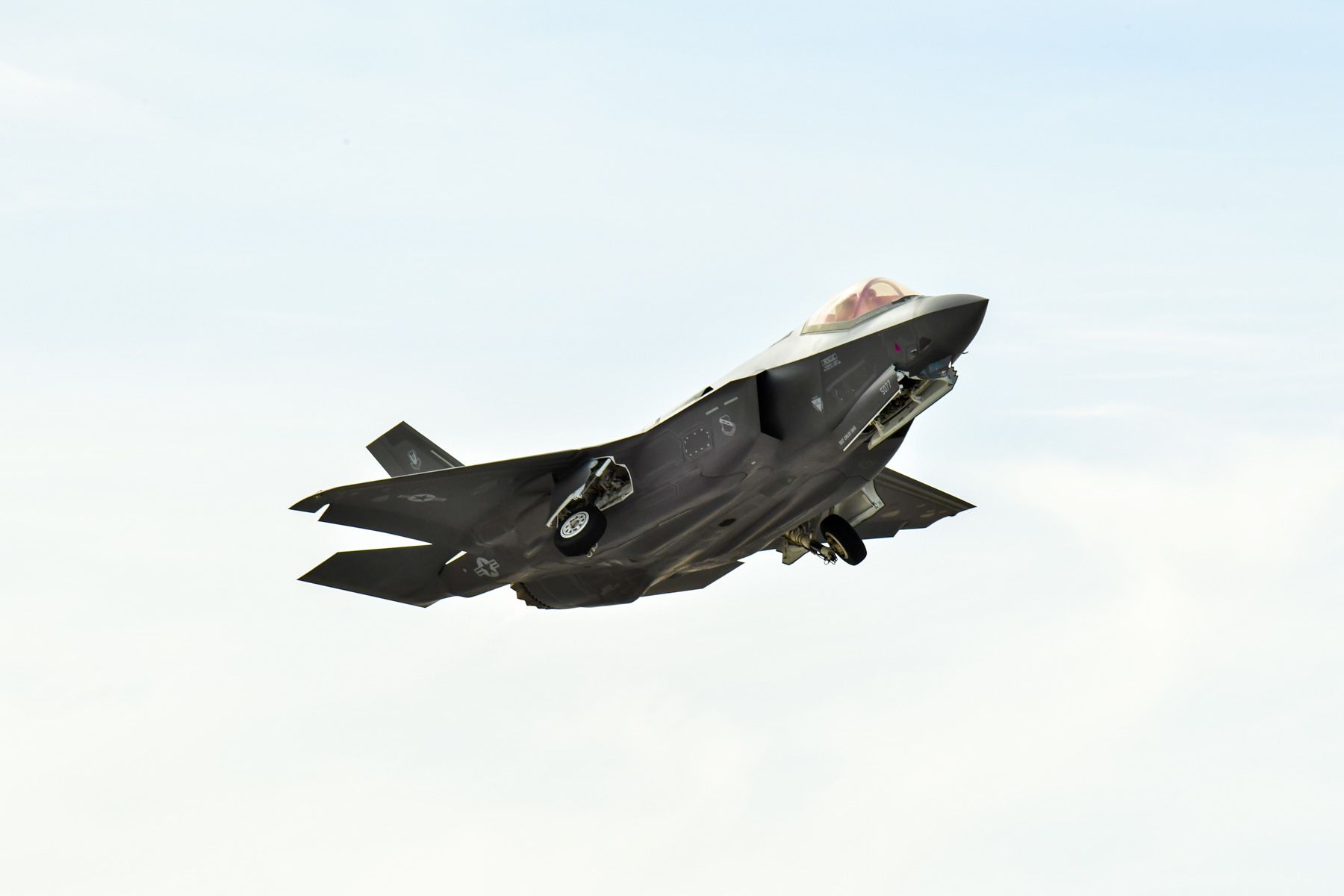U.S. Air Force Airmen will partner with the Royal Air Force and the French Air Force for a second trilateral exercise beginning April 12 through April 28, 2017, at Joint Base Langley-Eustis.
Atlantic Trident 2017, hosted by the 1st Fighter Wing, focuses on operations in a highly contested operational environment through a variety of complex, simulated adversary scenarios. The goal of the exercise is to enhance interoperability through combined coalition aerial campaigns.
“This exercise was designed to encourage the sharing and development of air combat TTPs [tactics, techniques and procedures] with our French and U.K. partners, against a range of potential threats leveraging U.S. Air Force fifth-generation capabilities,” said U.S. Air Force Col. Peter Fesler, 1st Fighter Wing commander. “This is not only an opportunity to share the capabilities of the aircraft, pilots and maintainers between our nations, but to build friendship, trust and confidence that will improve our interoperability as we go forward.”
While various exercises are held with allied and partner nations throughout the world, this exercise is one of the first to focus on greater integration of U.S. Air Force fifth-generation capabilities.
Joint Base Langley-Eustis hosted a similar exercise in December 2015, but the upcoming exercise will be uniquely valuable with the addition of the F-35 Lightning II to the training.
Atlantic Trident 2017 will feature the U.S. Air Force F-22 Raptor and F-35 Lightning II; the RAF Eurofighter Typhoon; and the FAF Dassault Rafale. U.S. Air Force F-15E Strike Eagles and T-38 Talons will play the roles of adversary aircraft.
U.S. Air Force E-3 Sentry and KC-10 Extender aircraft will also provide support during the exercise.
Approximately 225 U.S. Air Force, 175 RAF and 150 FAF service members will participate in the exercise. While there will be more aircraft operating from Langley Air Force Base, operations will occur during daylight hours and the level of noise should be no different than normal.










